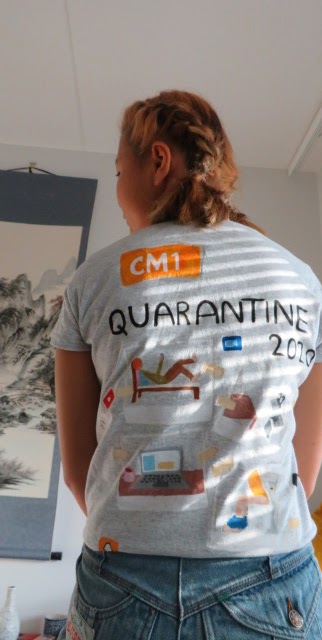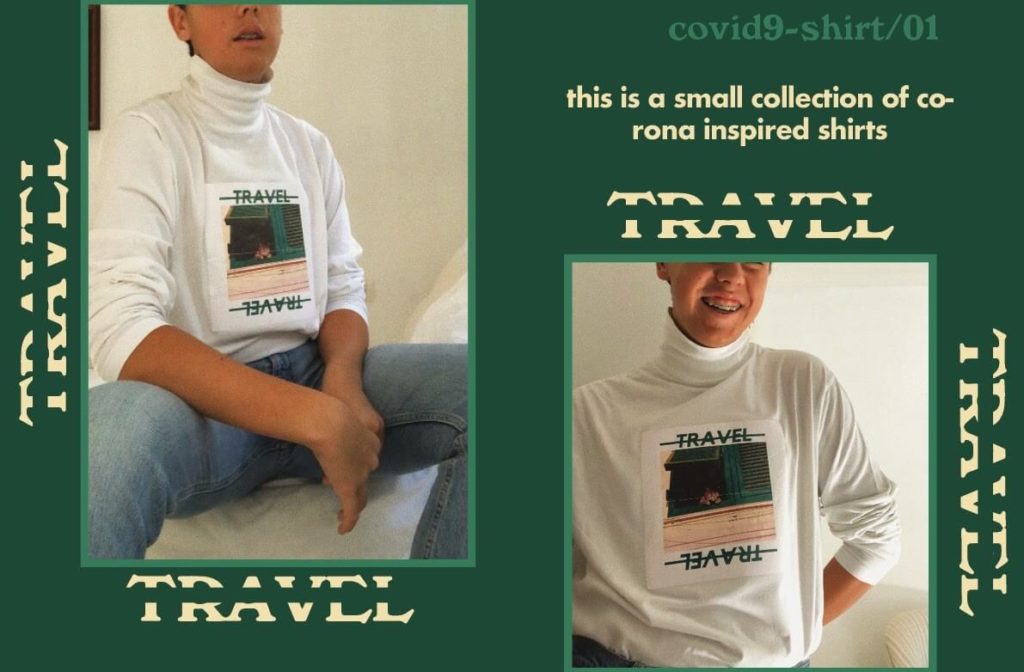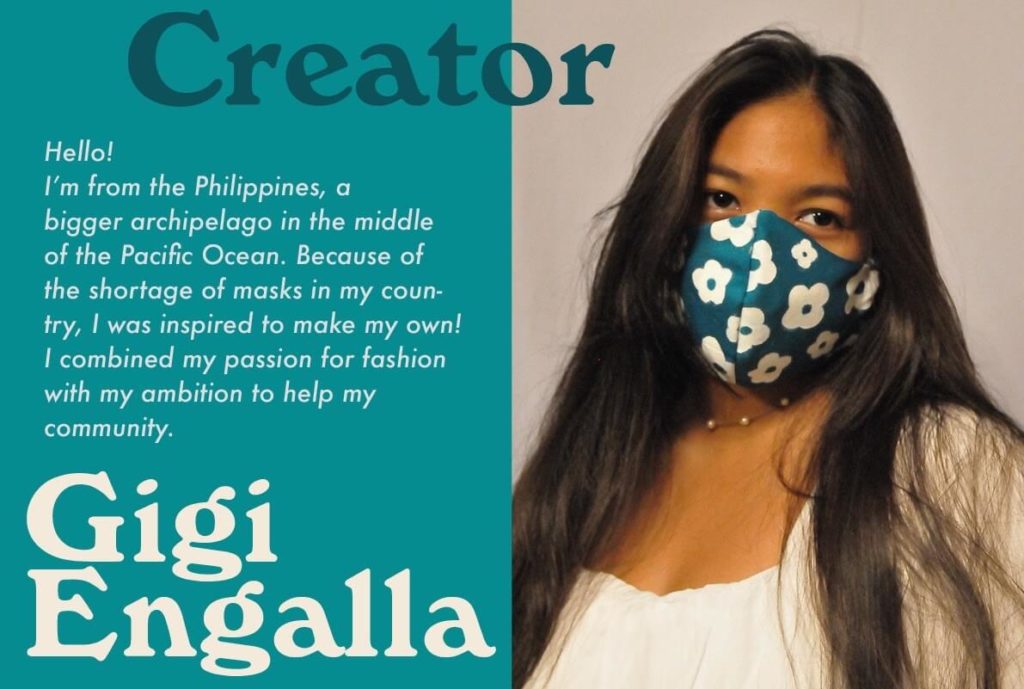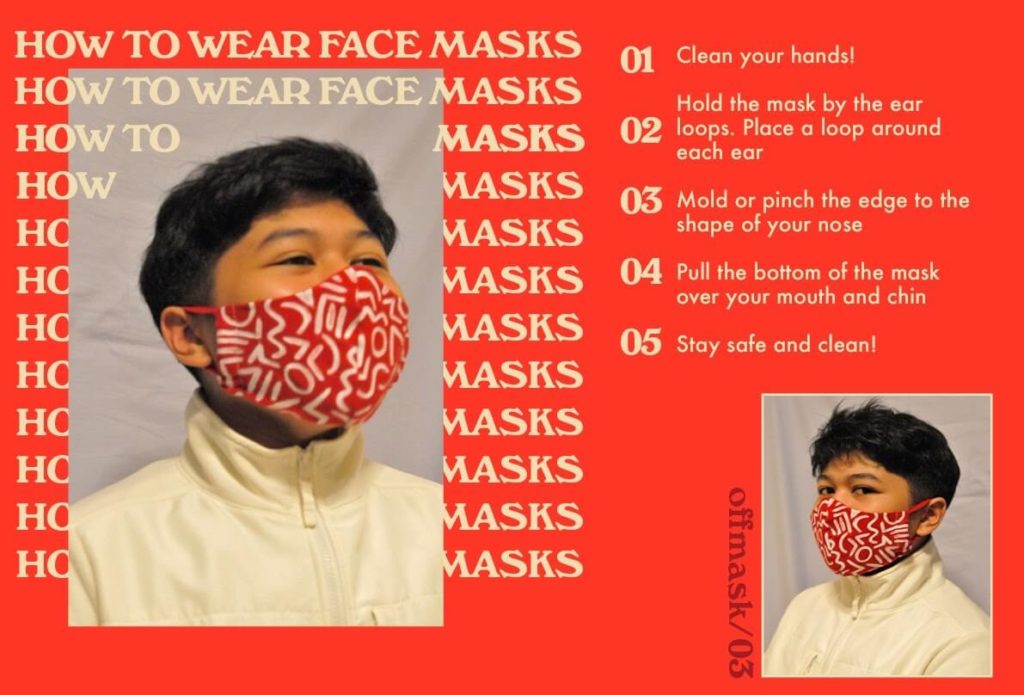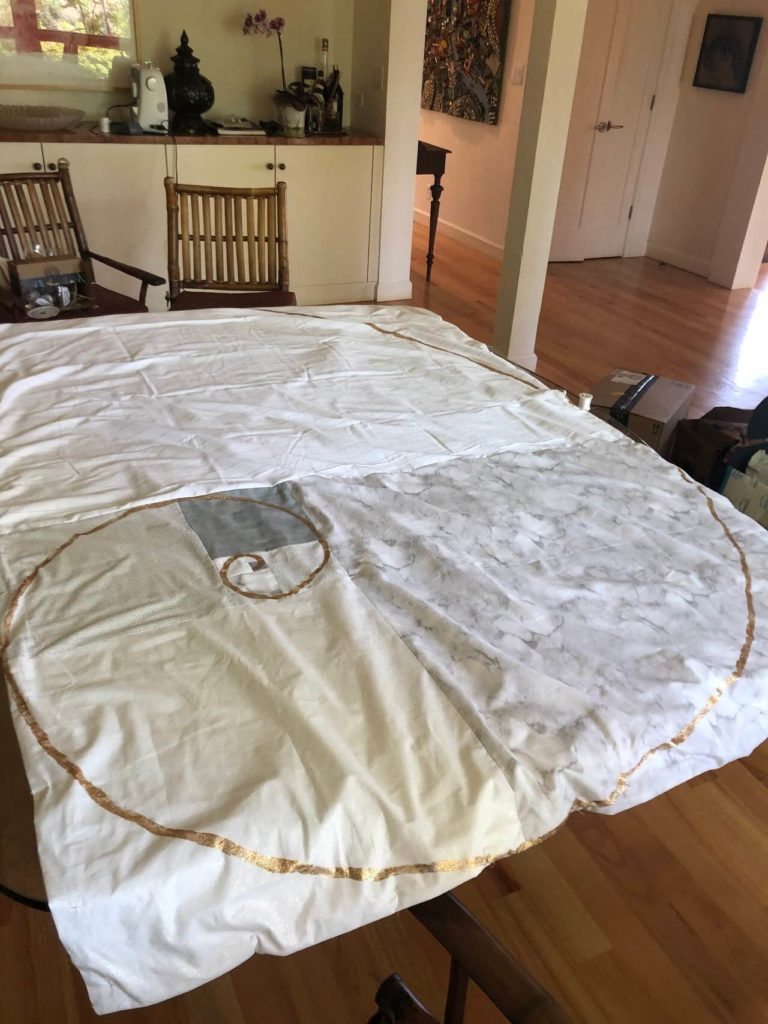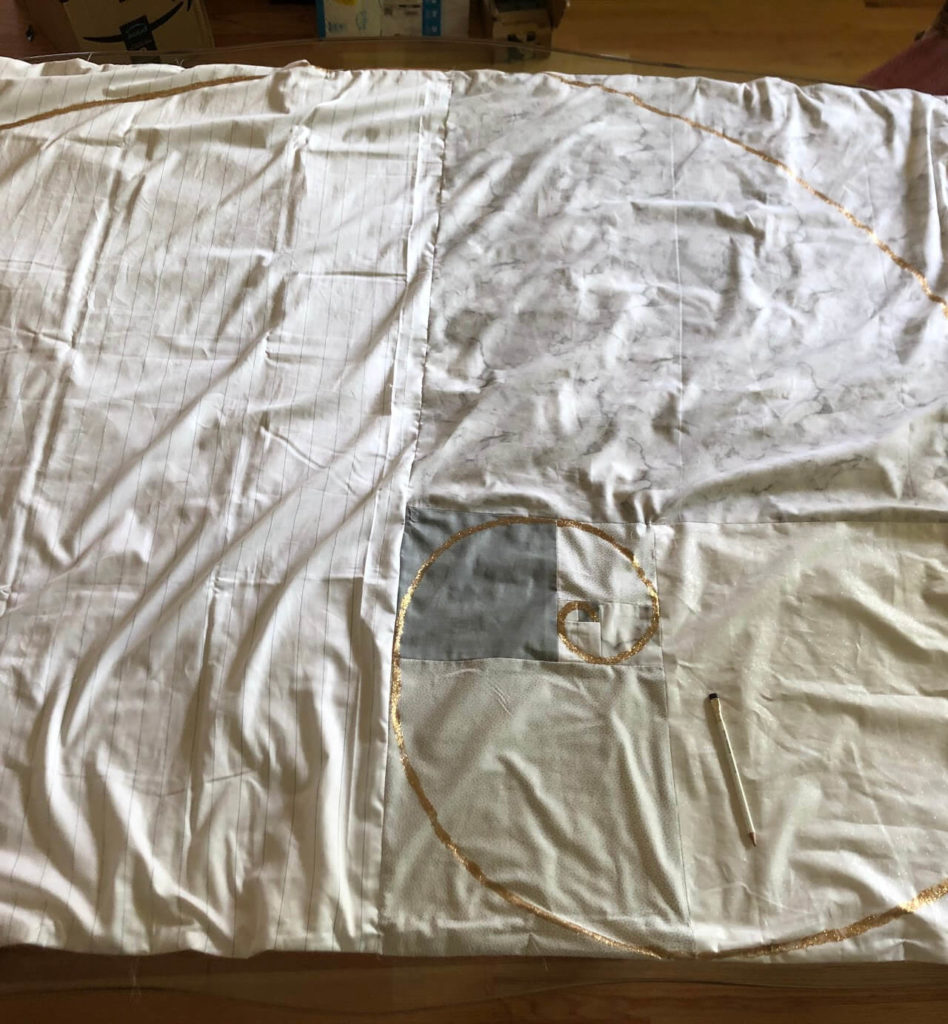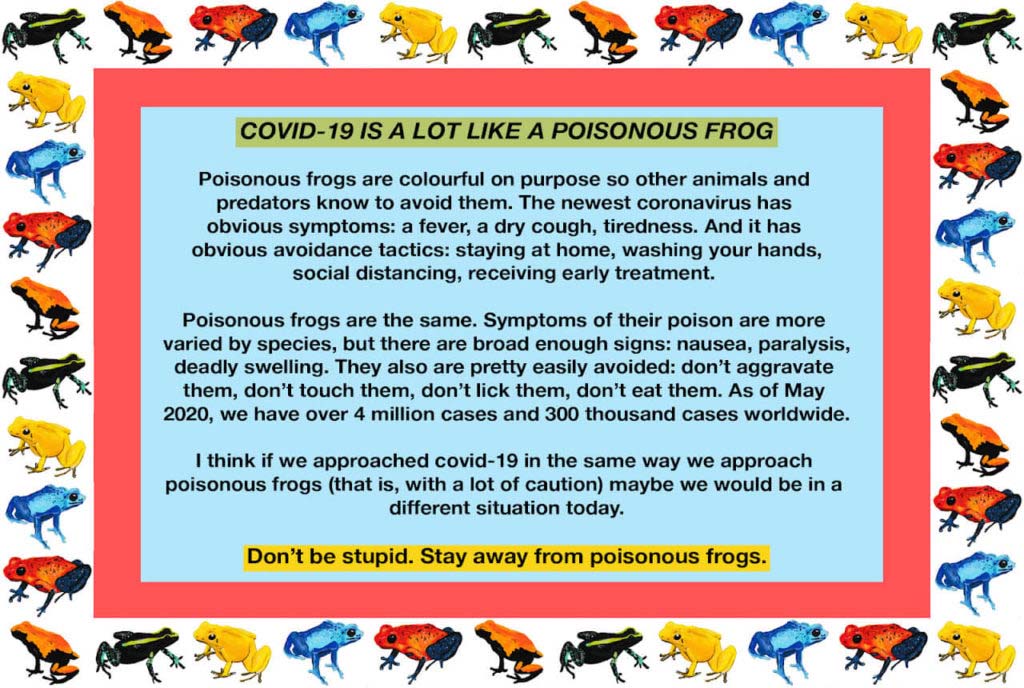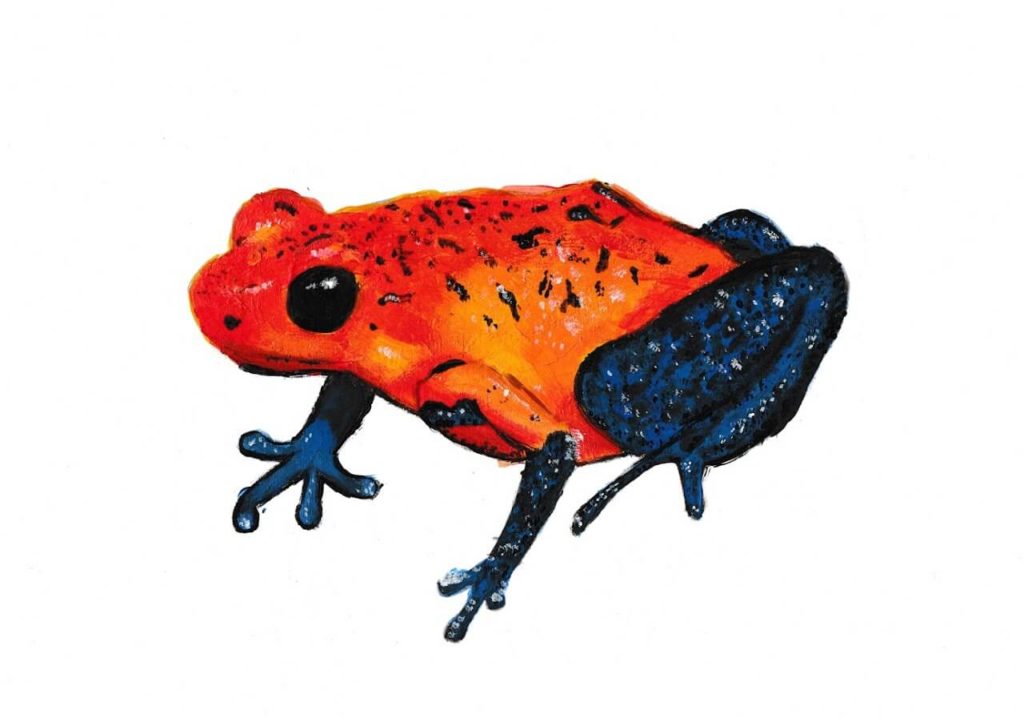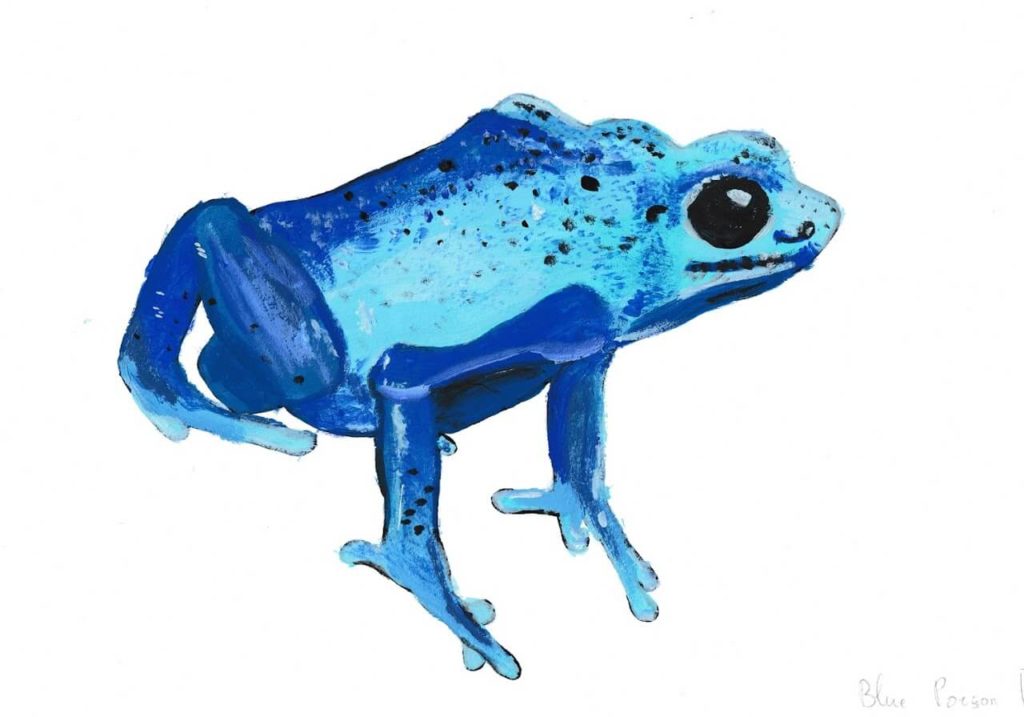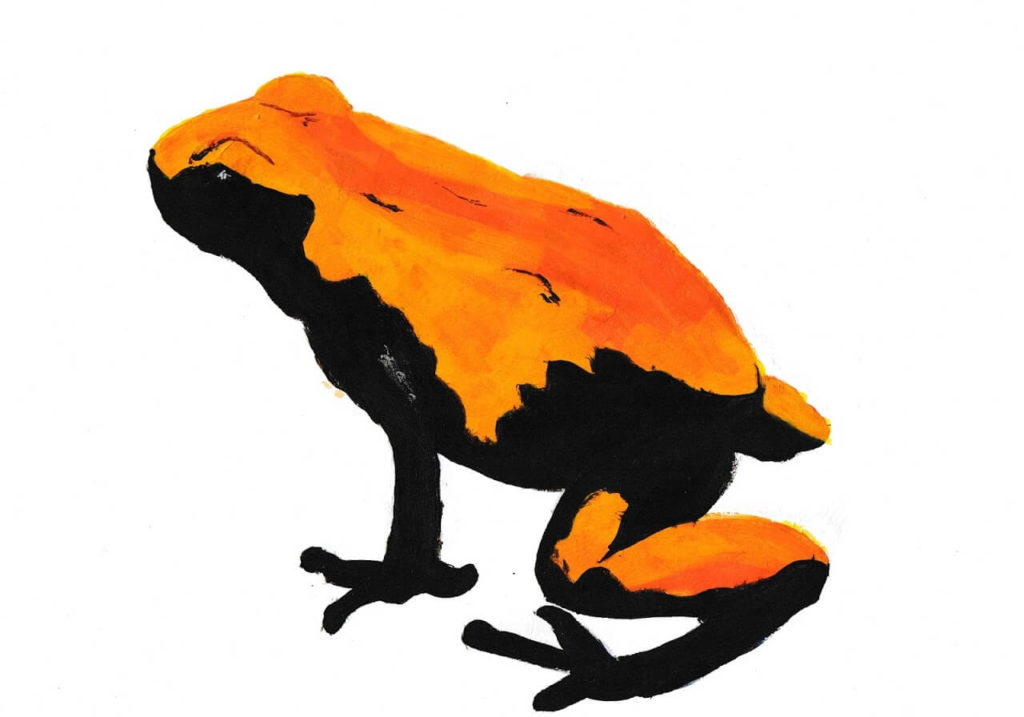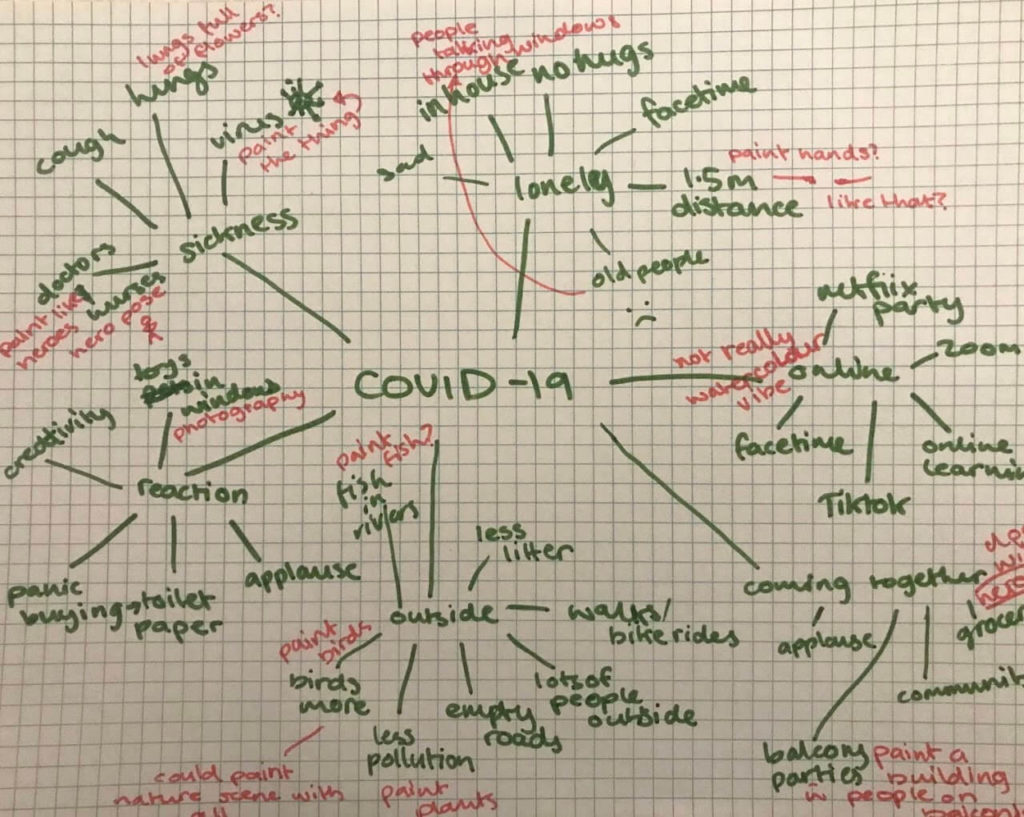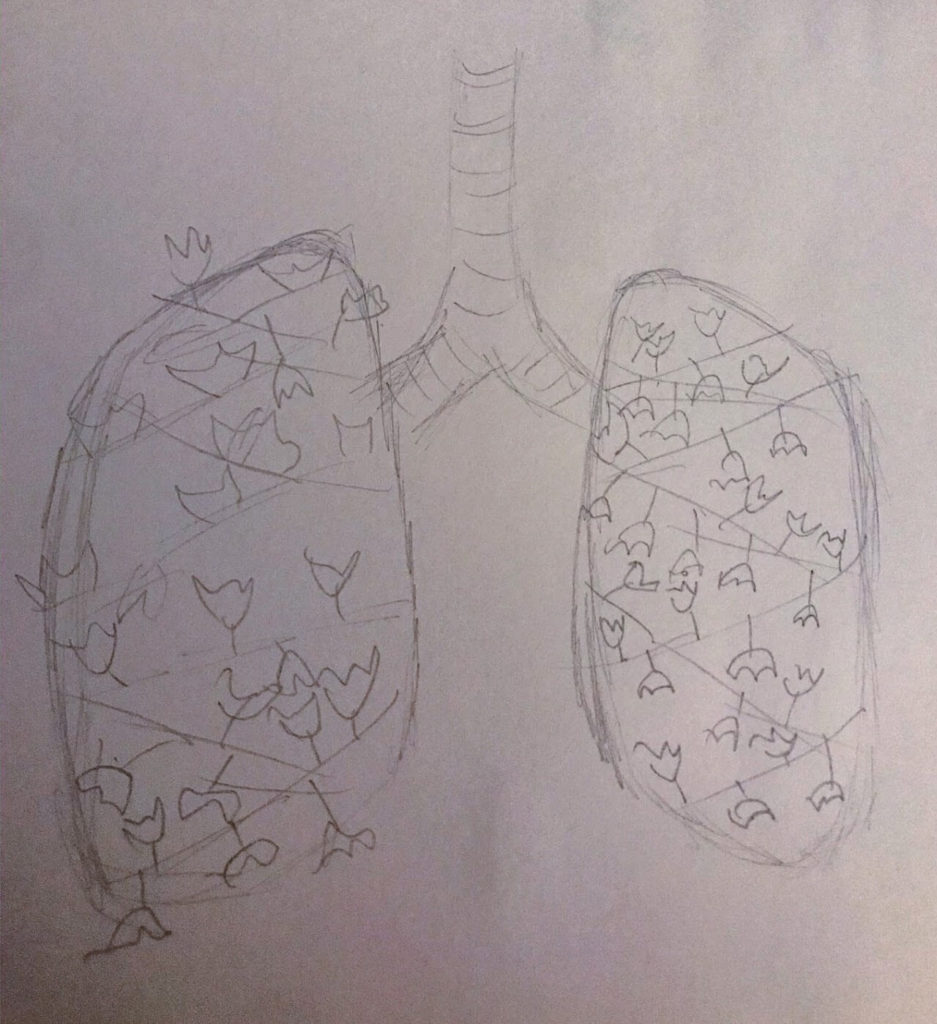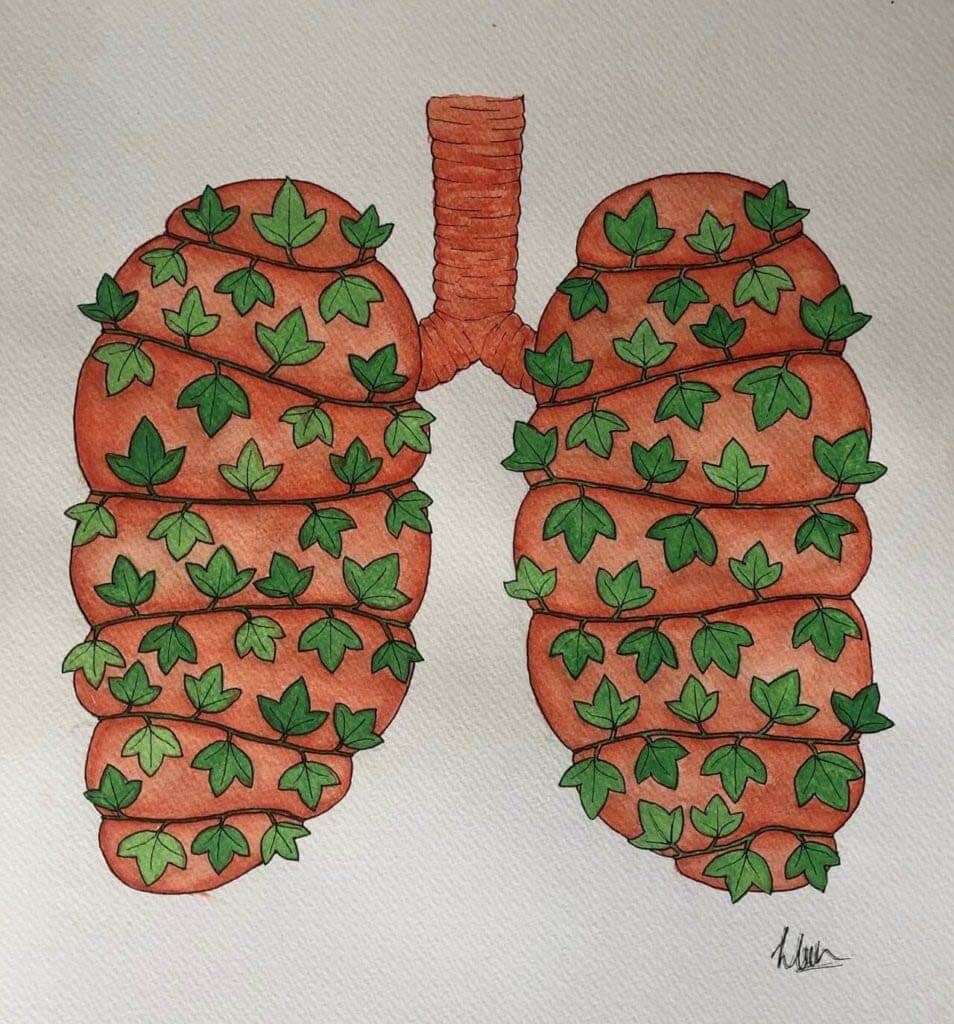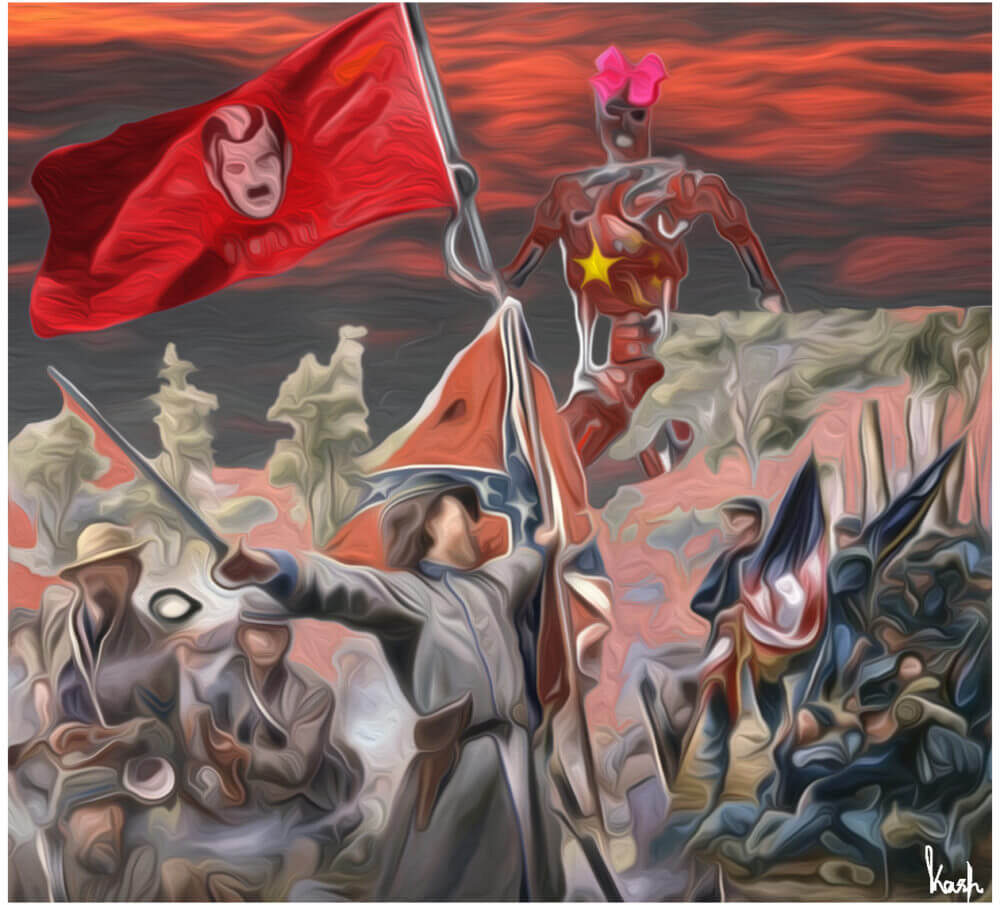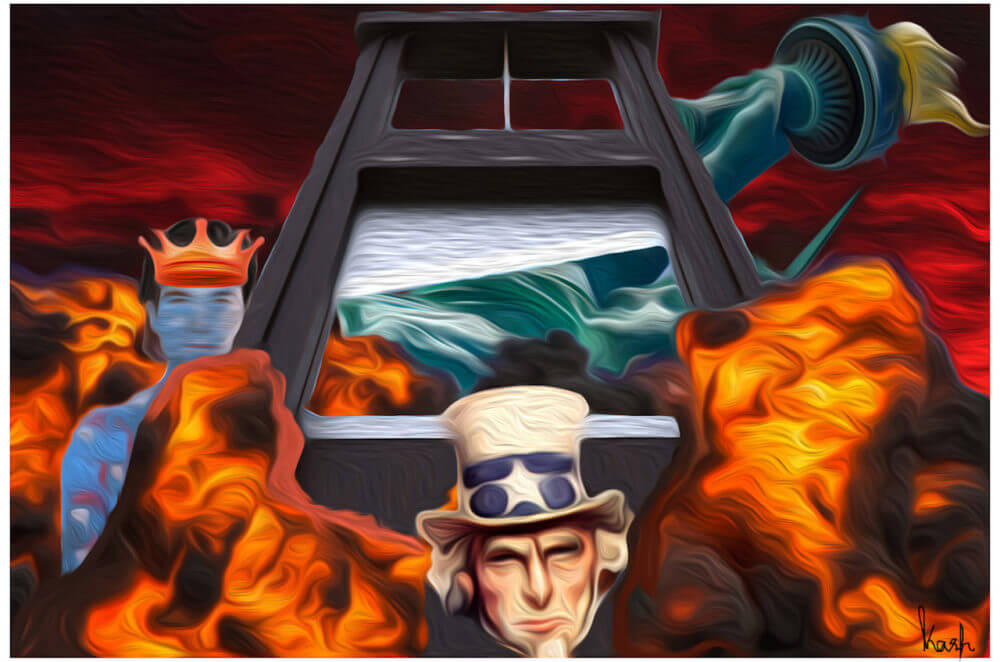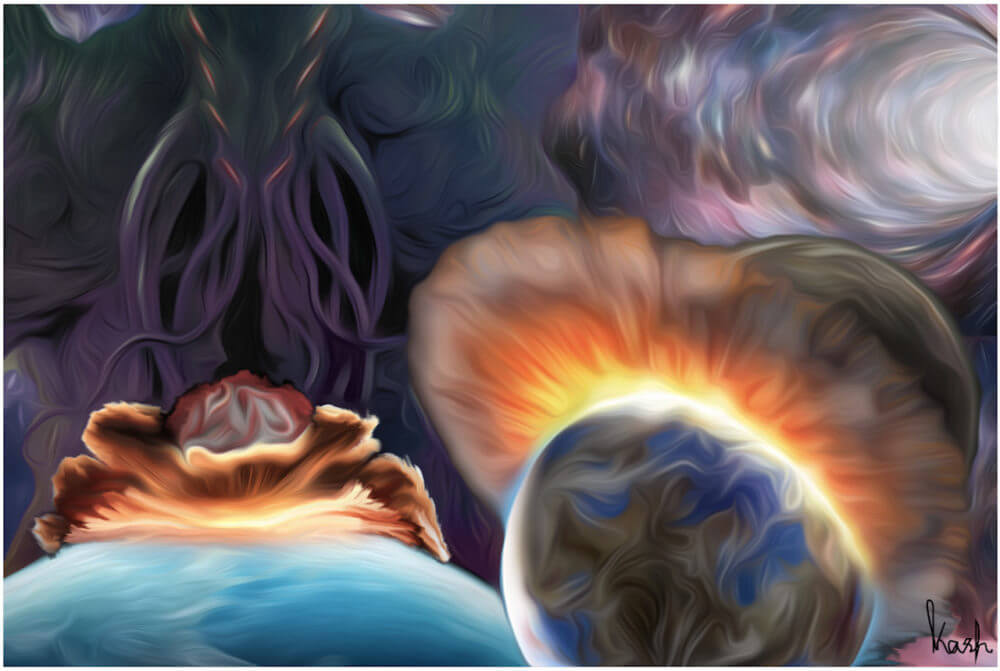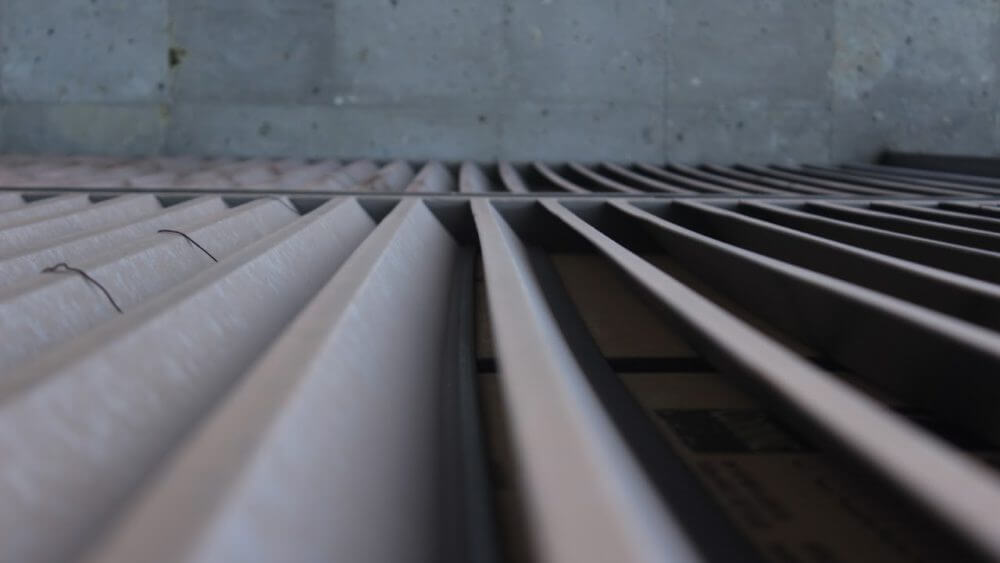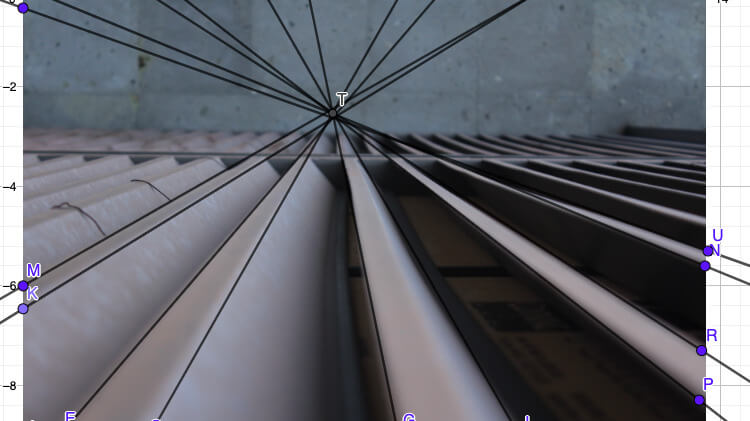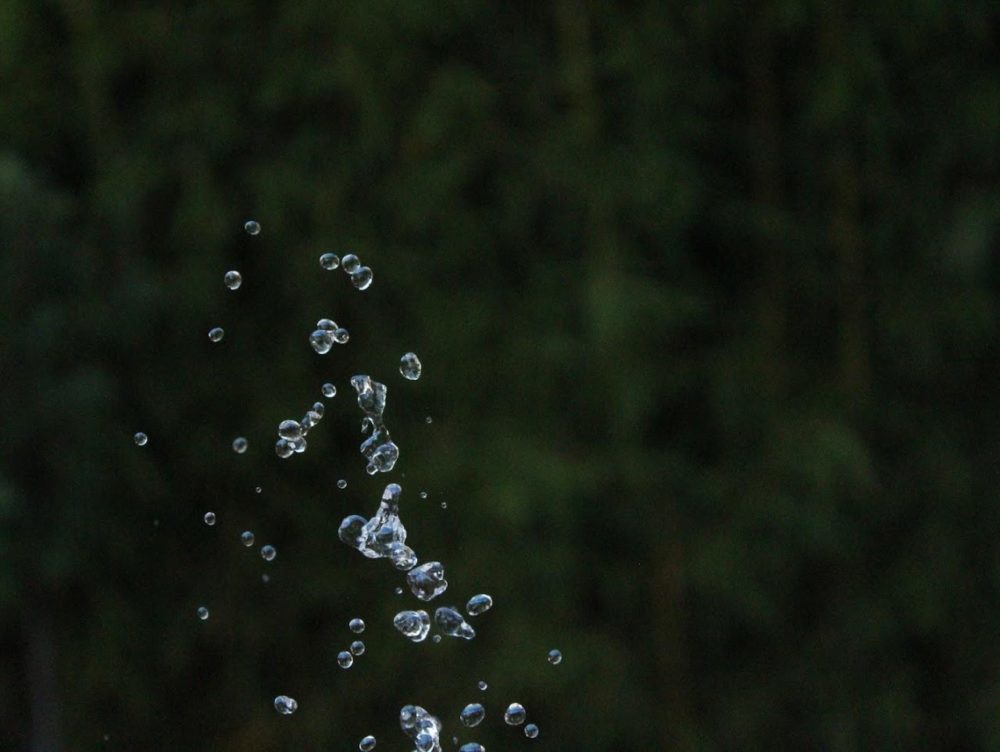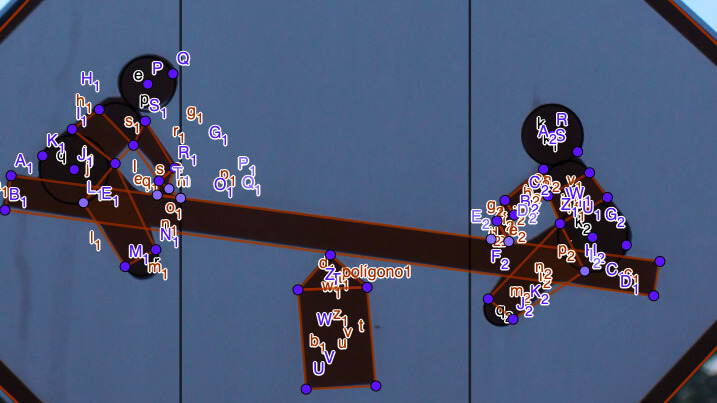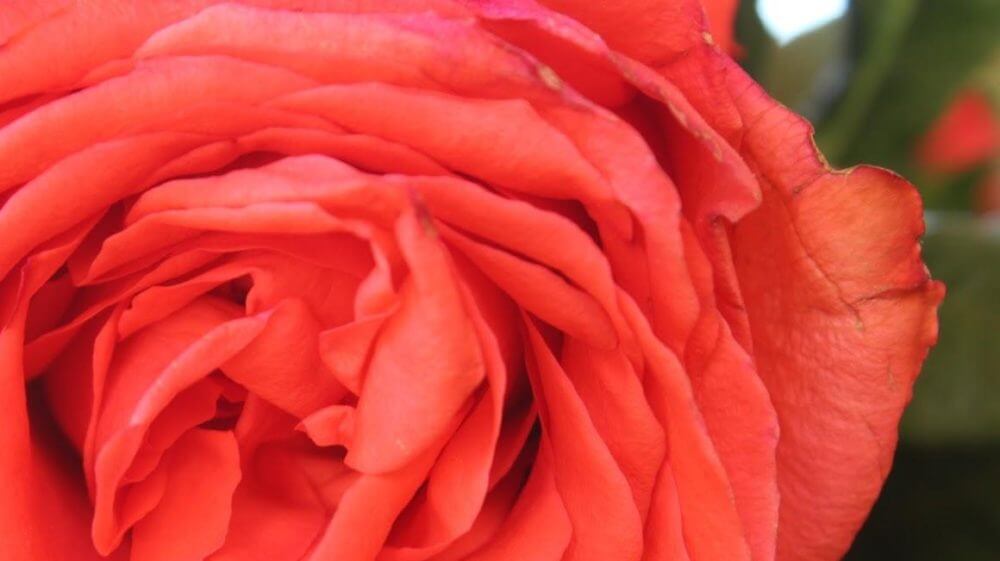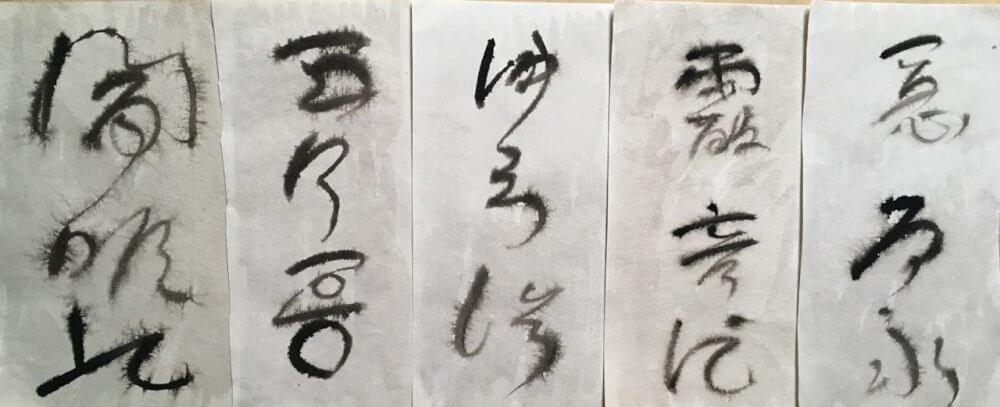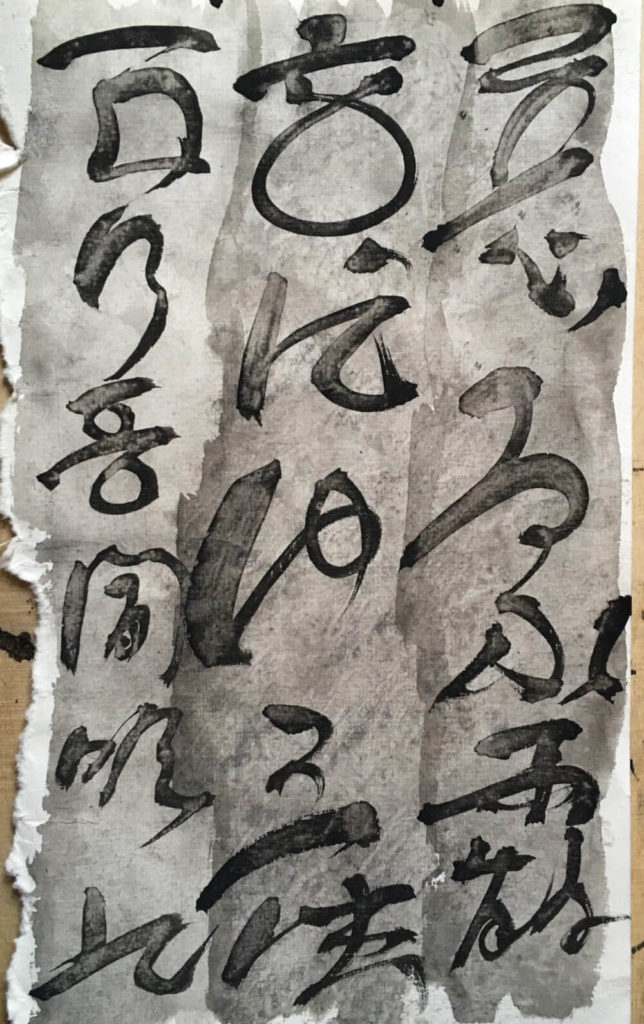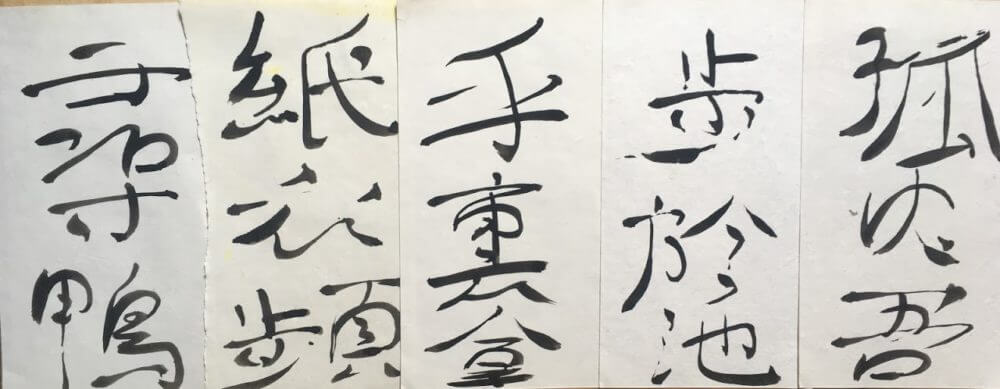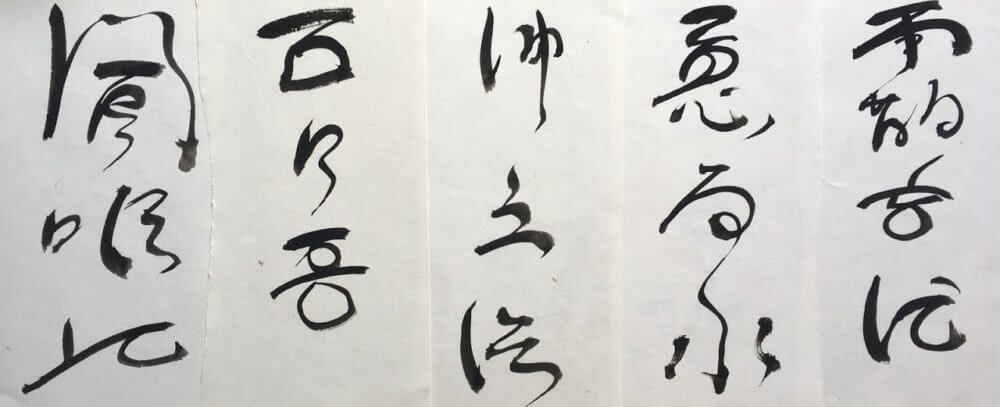1) Hi Nada, can you tell us what you've been up to since graduating from THINK Global School in 2022? Since graduating in 2022, I've been pursuing a passion I found while at TGS, sustainability, and I am currently majoring in engineering in renewable energy systems at Al Akhawayn University, in Ifrane, Morocco. But there is way more than that! I've had a chance also to explore the world of...
Read MoreThis spring, with travel to Greece not an option due to the COVID-19 pandemic, our CM1 students shifted to online learning to close out the school year.
All students participated in a project-based learning module titled “Creativity in the Time of COVID-19,” which called on them to answer the following driving question: How might I grow my creativity during the COVID-19 crisis through exploring the science of creativity and innovation and experimenting with art?
Modules are the educator-led academic units of study that are typically multi-disciplinary, linked to learning targets, and relevant to the location we are studying in. At the end of each term, students participate in a showcase that highlights their learning, and this term was moved online.
We hope you enjoy this look at our CM1 students’ recent learning. Want to see more from both our cohorts? Visit our Symposium Showcase to see highlighted projects from throughout the 2020-21 school year.
Nostalgia by Effie-Ling H.
What were your goals for this module? How did you achieve them?
My goal for this module was to escape the confines of my own four walls. I wanted to create something that showcased my yearning for what I was missing out on.
To do this, I had to identify what was missing; in my case, it was my friends, the term in Florence, and TGS as a whole community. I then had to figure out how I could show this to the outside world; how could I incorporate creativity in the essence of this module to my wishes.
What did you learn about yourself or about your creative process or about your medium?
I learned the skill of perseverance and that I am 100% a night owl, no questions asked. I learned that my best times to be creative was around 4 AM with music blasting through my headphones, my comfy jumper, and a cup of builders tea.
I learned that if you mess up and get paint somewhere, it’s not supposed to be, you have three options: Cry, Paint over it with the closest color to the fabric and pray nobody notices or adapt and add it to your work. I used all three options.
BALLADS FOR A TIRED MAN by Ignacio C.
What were your goals for this module? How did you achieve them?
With this module, I wanted to both teach myself how to play guitar, as well as all of the various pieces needed to become a songwriter. My end goal was to write an acoustic guitar and vocal song heavily influenced by Midwest Emo music and Math Rock (originally simply about the world at large, which later morphed into my own life due to a break up with my long time girlfriend). I started a complete novice in both my playing ability as well as composing, and both due to a substantial amount of inspiration from my chosen genre and my experimentation created my first complete piece of music, “Manic Pixie Dream Girl.” Due to my fresh perspective on learning guitar, I was able to reach my rather lofty goal of this completed track.
What did you learn about yourself or about your creative process or about your medium?
During this project, I became much more in tune with myself by presenting my creations to an outside audience, feeling comfortable enough to use my own experiences as inspiration, and getting feedback based on personal projects. I had only first picked up acoustic guitar two months ago, so I had to work with the limitations of my writing and performing skill levels. The result was all done in one take because I wanted my final recording to be proof of my competency at guitar, not at audio editing software.
COZ!NE by GIGI & GUILLERMO
What were your goals for this module? How did you achieve them?
For this project, we focused on graphic design and fashion, and we achieved them by completing our summative products, a magazine that contains COVID-19 fashion pieces like graphic t-shirts and face masks.
What did you learn about yourself or about your creative process or about your medium?
Throughout the module, I wanted to focus on lessening the self-doubt that I had when coming up with new ideas. One of the biggest takeaways that I have was about how I approach feedback. Here’s a little bit from my reflection earlier this week,
“After the feedback sessions, I realized that I tend to overthink my creative decisions sometimes and that usually leads to self-doubt. Having the feedback sessions regularly has helped me refocus my attention to create something that I’m happy with. I’ve learned that I can work so much more efficiently when I’m not worrying about unnecessary things.”
This was helpful to learn since I’m going to start working on my mastery project soon, and feedback is a crucial part of the whole mastery process. Now, I’m more aware of how I like to work, and when feedback is the most helpful to my process.
MY QUARANTINE QUILT by Hanna W.
The COVID-19 pandemic is an extremely relevant issue that is unique in our time because it affects all people, no matter where they are in the world. Personally, the hardest part for me is that I can’t see my friends, due to the risk of drastically spreading the virus if I were to have it. This inspired me to create a quilt that represents the escalation of the spreading virus. I have shown this through the Golden Spiral, which stands for exponential growth and is important because it increases by the same ratio each time, 1.618, or the golden ratio. Each square’s side lengths represent a number from the Fibonacci sequence, such as 1,1,2,3,5,8, etc. They increase because they are the sum of the two consecutive numbers. This is how Corona is spread. 1 person gets the virus, and they give it to another, that person gives it to someone else, and so on and so on.
I also wanted to make the fabrics of my quilt represent the hard times we are in. The striped lines on the left side of the quilt are meant to represent the “flatten the curve” mentality, the marble is meant to represent the actual shape of the virus, and the dots show how many people are affected. I chose to do all the fabrics in grays and whites to symbolize the attitude of depression, and boredom COVID-19 brings.
What were your goals for this module? How did you achieve them?
My goals for this module were to grow my creativity, to understand the geometry needed to both make and understand my quilt, and to make something to symbolize the COVID-19 crisis. I feel that I have achieved all my goals by having a lot of patience and determination to figure out the many challenges.
What did you learn about yourself or about your creative process or about your medium?
Again, patience, I think, was the biggest thing in this module. In sewing, I needed to have the patience to pin, sew, and press each piece. For my creative process, I learned that it is important to be patient and think about all possible ideas before analyzing them and determining which one is best. Lastly, I needed a lot of patience to learn about the many factors that go into the math for a golden spiral.
COVID-19 AS POISON FROGS by Jess P.
What were your goals for this module? How did you achieve them?
For this module, my intention was to have fun with painting and expand my skills by painting something I like: Frogs. I am really fascinated with poisonous frogs, not only because of how beautiful they are but also because of the interesting way they repel predators. I found these types of frogs have an effective metaphor for the current pandemic we are experiencing and chose to showcase that analogy through this project.
What did you learn about yourself or about your creative process or about your medium?
I discovered a new passion for painting: I have always been interested in the medium but not had enough creative confidence to try it out. Being able to work on my painting skills through a project with so much creative freedom was a great way for me to discover and enhance my own skills.
My Individual Frog Paintings
Each frog was painted on sketching paper with acrylic paint. In order, their species are: Strawberry Poison Dart Frog, Blue Poison Dart Frog, Golden Poison Frog, Kokoe Poison Frog, and Splashback Poison Frog.
NATURE’S REVENGE by Lexi G.
What were your goals for this module? How did you achieve them?
My goals were a mixture of self-discovery and creative growth. I wanted to learn how to trust my creative instincts while also trying to understand them. I let my creativity flow with this project and managed to map that out in some mind maps and drafts. I spent the term slowly building on this artwork, which was initially going to be a much softer floral piece, and I am super happy with what it has become. You can see my process/growth below.
What did you learn about yourself or about your creative process or about your medium?
I learned a lot about the watercolor paints I was using. I practiced with them a lot and tried different techniques. I also learned that I come up with my best ideas when I’m not trying to come up with ideas, so I took breaks and made lunch or something when trying to come up with an idea. This is called ‘incubation time.’ My biggest takeaway is that I enjoy being creative, and I will continue to build on my artistic skills.
SKETCHES by Malak B.
What were your goals for this module? How did you achieve them?
My goal for this module was to grow my creativity by learning more about my creative process through something that I like and that I’m passionate about, which is fashion. Through my process, I was intentional about exploring different things that affected my creativity, such as my environment, and in the end, I created sketches of five dresses each inspired by traditional Moroccan fashion and elements.
What did you learn about yourself or about your creative process or about your medium?
This module allowed me to grow a lot creatively, especially when it comes to things I wasn’t necessarily confident in or didn’t have a lot of skills at. I feel like I’m a lot more comfortable experimenting and taking risks than I was before. I also learned a lot about sketching specifically. It was something very new for me, and there was a lot of trial and error before I managed to create the final product.
BORDERS by Mat I.
https://youtu.be/l6PM11XT8NQ
What were your goals for this module? How did you achieve them?
The main goal for me was: By the end of this module, I will be paying a lot more attention to the creative process itself, instead of the final product.
I have experimented with the creative process. I have successfully implemented the incubation period in my creative process. When I first thought of the script, I had several scenes I wanted to do. I distanced myself from my ideas, which increased my productivity. After a walk, I listed all of the thoughts I had and I was impressed by how my list increased beforehand and after the incubation.
With the evaluation stage, I am feeling much more eager to share and discuss my ideas with peers, family, and others, and I accept critique as constructive feedback.
I think this term was a breakthrough for me in terms of understanding creativity. I am now paying a lot more attention to the process itself rather than focusing on the final product. After experimenting with all stages of the creative process, I enjoyed doing it, and I feel I am much more productive.
What did you learn about yourself or about your creative process or about your medium?
I feel that I have really grown in creativity and especially in the creative process. Before the module, I didn’t know that the usual things that I do when creating something have a scientific base behind them. This module helped to focus more on the process of creativity rather than on the final product.
As for animation, I took a course on animation (Minecraft Animation), which helped to develop the main techniques such as lighting (Omni lights), animating (3D animating using Blender), interacting with the world (adding items, texture mapping), and rendering. I have successfully experimented with lighting, which looks great (according to feedback) and created a walk cycle, which is essential, and it can be used in future animations. I set up the characters, added skin, changed eye color, and so on.
Daydream During Quarantine by Nila N.
What were your goals for this module? How did you achieve them?
I wanted to grow both my Japanese and my digital art skills. Through this project, I was able to do both. I took the time to write a script in Japanese as well as receive and implement feedback where I could. I also followed numerous art tutorials and learned how to use Clip Studio Paint.
What did you learn about yourself or about your creative process or about your medium?
I realized that because I spent so much of my life believing that I was bad at art, it manifested. I spent a lot of time trying my best to improve my skills and reverse stigmas that I put on myself. Through this project, I was able to rediscover my passion for storytelling through a new lens. I hope to do more projects like this in the future.
The Absurdist World View by Njeri N.
What were your goals for this module? How did you achieve them?
Initially, my plan for this module was to produce both a song and an accompanying animation. The first thing that shattered this initial goal is the fact that I cannot sing. There is no way around it. Secondly, my laptop was not powerful enough for animations. My goal then morphed into being able to produce “paintings” on a digital medium at the standard I usually do with physical paint and a canvas.
What did you learn about yourself or about your creative process or about your medium?
For one, I never thought I would ever make art from a laptop. Often when I am using my laptop, if I am not on Youtube or Reddit, I am definitely tinkering on a program or programming one thing or the other. As such, I have always labeled my laptop as a tool for me to express only the more “analytical” tenet of my creativity that solely produces output like programs, algorithms, and 3D designs. As such, I have only ever expressed the equally potent “visual” tennet of my creativity in my extensive painting and drawing. I never thought of using a laptop to produce art of the same standard I do with physical paintings. Not only that, but I never thought that painting on my laptop could put me in the transcendental flow state that physical painting always does for me. Boy, was I wrong!
Photography and Math by Paula M.
What were your goals for this module? How did you achieve them?
Learning about something my parents are passionate about and learning the basics about photography and applied geometry in nature was my objective of the module. I also wanted to grow my creative confidence and challenge myself to try something new. I did this by taking lessons from my dad, getting ideas, and researching. I think my final products and process portfolio reflect such.
What did you learn about yourself or about your creative process or about your medium?
I learned I have a hard time going with the flow and not planning photos. I thrive when I plan and trust myself. I challenged myself by trying something new and showing my work to others, when it’s not my strength and by mixing two areas of improvement in one summative and module. I met my expectations and went above them by taking photos that I am proud of and clearly show my progress. I’m impressed with what I achieved in some of my photos, the math and geometry in others, and how I saw the world finding more shapes. Photography is a great form to capture life and emotions, and it’s quite a complicated art form for me.
LE COUCHER DU SOLEIL by Sarah R.
What were your goals for this module? How did you achieve them?
My goals for the module were to increase my confidence in my creative abilities and be secure in my creative process. I achieved this by trying a variety of creative tools, like brainstorming and making mood boards. Through the process of being creative and learning how to weave, I slowly became confident in myself and in my final product.
What did you learn about yourself or about your creative process or about your medium?
I learned that there is no one “correct” way to be creative. I also learned that it’s great to try new things and learn skills from a beginner standpoint, which is what I did with weaving. Through this, I let go of some of my fears about not being creative enough and just let myself learn, change, and grow without judgment of the process.
My Artist Statement
For my module summative, I chose to weave an abstract tapestry inspired by nature. As Covid-19 has placed almost everybody in the world in a quarantine situation, I noticed that in the news and on social media images of places around the world thriving with the lack of human interaction. Although the piece is abstract and open for interpretation, I wove it to convey the natural beauty of the earth. I wanted to imitate the idea of the sun setting, with the notion being that all of the mess with the coronavirus will eventually end, as every day eventually does. Additionally, I drew inspiration from two French artists and combined my module summative with my language project.
Passenger Seat by Seckhen C.
What were your goals for this module? How did you achieve them?
I wanted to create an epic song with the help of my friend, who is a singer. I achieved them by collaborating with my friend and his dad and learning how to use Garageband. I made three different songs, but the last one is the actual song, the first 2 were practices.
Currently, the song is still a work in progress, so I will aim to showcase it in the future.
What did you learn about yourself or about your creative process or about your medium?
I learned that I could be creative with music and work well on a small team. Before, I thought I was not good at music production, but with this term, I became good at it. Also, my collaboration skills increased as well. I managed to get in contact with my friend and his dad and created a plan to record the song without me being there in person.
Chinese Calligraphy by Teddy F.
What were your goals for this module? How did you achieve them?
In this module, I wanted to delve into the old East Asian Buddhist tradition of using art as a form of meditation, freeing the mind of its rational constraints and leading to samadhi or meditative awareness. I did this by both developing skills in calligraphy itself as well as attempting a form of meditation while practicing those skills and making the pieces above. The result, I hope, is some appearance of spontaneity and creativity, the two terms that anyone would use to describe the works of calligraphy that Buddhist monks in China, Japan, and Korea made while immersed in their happy, cheerful meditation.
What did you learn about yourself or about your creative process or about your medium?
The most interesting thing that I learned while painting the Chinese characters was how challenging it is to attain any sort of balance or beauty with them. A simple downward brushstroke takes many months or perhaps years of practice to look even half-decent to a person who knows calligraphy. I did not get to this stage over the course of the project; what I did do was get a very brief look into the complexity of this medium – how the characters that you paint with the brush are not so much those that you paint but those that are left behind by the brush itself. Any stroke, whether it be a horizontal line or a dot, can very candidly suggest the calligrapher’s state of mind when painting it, meaning that any frustration or hesitance is immediately visible in the forms of the characters. This is perhaps the harshest aspect of calligraphy – each stroke is permanent and irrevocable, and cannot be embellished afterward. Not only does each brushstroke reveal your skill with the ink, but it will also reveal your ability to leave distracting thoughts behind and pool all of your mental energies into a single movement of the hand.
Perspectives on the Coronavirus Crisis by Theo A.
What were your goals for this module? How did you achieve them?
I wanted to captivate and express my creativity, something which I had been struggling with lately. So I decided to create a series of art pieces to express my perspectives and thoughts on the COVID-19 crisis through maps. By doing extensive research on the theme, receiving and applying feedback, and trying different techniques, I have managed to express my creativity and perspectives through this unusual type of art.
What did you learn about yourself or about your creative process or about your medium?
I have learned that creativity is not a state of mind, but a congenital condition that people just do not cultivate.
CM1 Circle by Vansh C.
What were your goals for this module? How did you achieve them?
My goal for this module was to draw more of these circular ornaments, but as time passed, it changed to learning and working comfortably with Photoshop. I did achieve that goal by watching YouTube videos and learning some aspects of Photoshop and applying them to solve different issues that I faced over the course of six weeks.
What did you learn about yourself or about your creative process or about your medium?
As mentioned, I learned Adobe Photoshop from scratch, but for my process, I learned that I often get attached to my ideas, and that tends to limit my creativity. But with this creation, I challenged myself and tried switching my process up. I came up with a list of ideas before I started working on any of them, and that was a very different experience for me.
My process:
1. Drawing on paper
2. Tracing on Photoshop
3. Compiling on Photoshop
Tomorrow’s Not Yesterday by Viktoria
My summative
For my summative, I wrote a song called “Tomorrow’s Not Yesterday”. I made the picture on Canva.
What were your goals for this module? How did you achieve them?
I wanted to reflect people’s thoughts on Covid-19 by including various world events, situations, and feelings I’ve heard of or experienced myself. Whenever I feel a strong emotion, I like listening to songs with the same vibe, and I hope others feel the same way. My second goal was to grow my creative confidence.
I achieved both of my goals by writing a song – and presenting it on this website.
What did you learn about yourself or your creative process or about your medium?
I learned that it’s effortless for me to start the creative process, but difficult to finish. I also like to write many songs at a time, and that slowed the process of “perfecting” one song. That’s why I’m open to any feedback on the song – to me, it still sounds unfinished.
From the resources we were provided by the educators, I learned that judging someone’s skills vs. them is an entirely different thing – a person whose skills are being judged shouldn’t take it personally. And although it’s crucial to receive some type of feedback in songwriting (as it should be creative, but not too alienated), one should still be comfortable showing their artistic style and not make every little change people are telling them to. It’s good to finish a song with a similar tune you used in the song, as it will make people come back again and again. For example, The Weekend’s “Can’t Feel My Face.”
I still have a lot to learn about songwriting, producing, singing – all of that. I’m definitely going to continue writing songs and receiving feedback. If I do write some release-worthy songs in the future, I’ll let all of you know!
Podcast: Play in new window | Download
